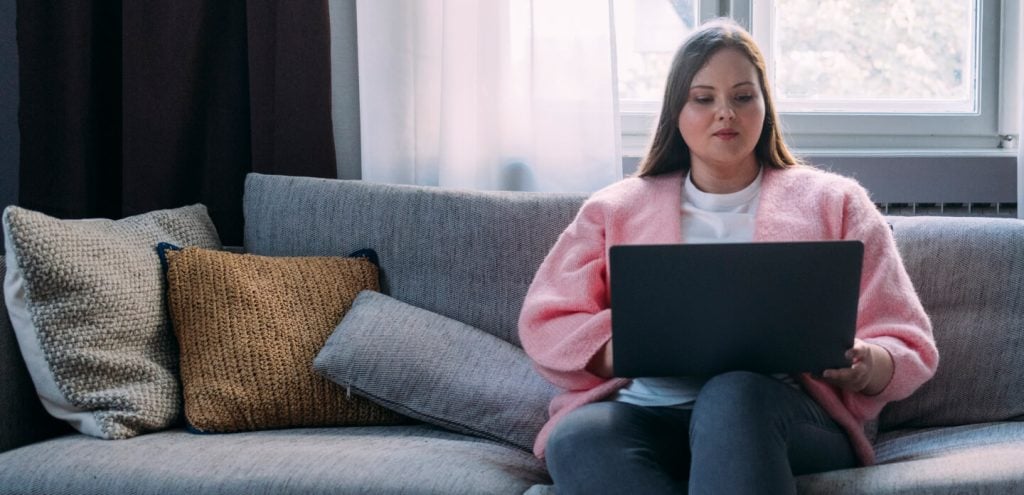Key takeaways
- Europe’s huge economy and many stock exchanges offer a vast number of small and medium-sized stock opportunities
- The European Assets Trust (EAT) aims to invest in high-quality, exceptional companies with strong competitive positions
- While Europe faces economic and political risks, high-quality companies should weather them well
It’s often forgotten but the European economy is one of the biggest in the world and includes some of the most dynamic companies. If the European Union was a country, its economy would rank as the third largest globally, lagging only the United States and China.
There are many world leading European companies. To name three, consider ASM International, the Dutch maker of lithography machines for advanced semiconductors, Smurfitt Kappa, the Irish paper packaging manufacturer, or CTS Eventim, the German ticketing company.
These are all mid-sized businesses that have been selected for EAT’s portfolio. They have thrived precisely because they are high-quality businesses with competitive advantages. In short, they are just the type of stocks that the European Assets Trust (EAT) seeks out to invest in.
EAT is a unique investment fund with a long history going back to 1972. It aims to deliver capital growth by investing in European small and mid-sized companies while paying out 6% of its year-end net asset value back to shareholders as a dividend—a generous payment that sets it apart from other funds.
Focusing on quality
With 26 countries in the European Union, and more than 50 stock exchanges across the continent, there’s a huge number of companies to choose from, good and bad. It’s an exciting hunting ground: a large, diverse and poorly understood opportunity set, ideal for stock picking to seek to deliver value for the long term.
How do the trust’s managers go about that? “Our mindset is quality – we want the business models, which can generate and maintain high and sustainable returns,” asserts Mine Tezgul, the trust’s manager. “Put simply, we want companies that are exceptional, because what they could offer their customers is exceptional. That inspires loyalty, and enables high prices and returns.
“We also like capital-light businesses – since we are targeting high returns on capital, a company which uses little capital is going to be in a good position to potentially earn those good returns.”
Two tools
Mine and her colleagues use two tools to help identify these companies. Firstly, the ‘five forces’ model from Michael Porter, the Harvard University professor, helps to identify high-quality companies by assessing pricing power. It analyses a company’s competitive environment by looking at how an industry is structured. Broadly speaking, the fewer competitors, more suppliers and more customers a business has, the easier its existence and greater its profitability.
That’s complemented by competitive advantage analysis from the Morningstar research firm. Not all firms in an industry will have the same competitive advantage. Morningstar’s analysis pinpoints the companies with the most durable competitive advantages, or ‘economic moats’, assessing the power of brands, technology and industry dynamics. A company with a wide economic moat can fend off competition and earn high returns on capital for years.
Outlook
Turning to the outlook for Europe’s smaller companies, there’s no doubt that the recent market backdrop has been difficult. The Ukraine war, a tragedy in human terms, sent shocks rippling along supply chains, lifted energy prices and stoked inflation, resulting in central banks raising interest rates to control it. But this testing environment has the silver lining of potentially creating more investment opportunities as smaller company stocks have become cheaper in comparison to larger company stocks.
“Valuations took a knock as markets became more short term – a pound in your pocket is worth more than a promise of a pound later, if interest rates deplete the future value,” explains Phil Dicken, the EAT trust’s deputy portfolio manager. “But the underlying business models we invest in aren’t heavily borrowed, so higher interest costs are little burden.”
There are reasons for optimism. Broadly speaking, companies’ earnings have been resilient despite higher interest rates and, over the longer-term, share prices tend to follow earnings. Unquestionably Europe faces political and economic risks, but high-quality companies with strong business models and competitive positions should weather them well.
Investment risks
The value of your investments and any income from them can go down as well as up and you may not get back the original amount invested. Gearing is used for investment purposes to obtain, increase or reduce exposure to an asset, index or investment. The use of gearing can enhance returns to investors in a rising market, but if the market falls the losses may be greater.
There is no guarantee that dividends will continue to be paid in future years.
Issued by Columbia Threadneedle Management Limited and approved for distribution 07/11/24.
Information in this section of the Website is directed solely at persons who are located in the UK and can be categorised as retail clients. Nothing on this website is, or is intended to be, an offer, advice, or an invitation, to buy or sell any investments. Please read our full terms and conditions and the relevant Key Information Documents (“KID”) before proceeding further with any investment product referred to on this website. This website is not suitable for everyone, and if you are at all unsure whether an investment product referenced on this website will meet your individual needs, please seek advice before proceeding further with such product.




